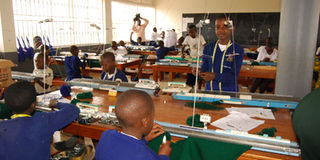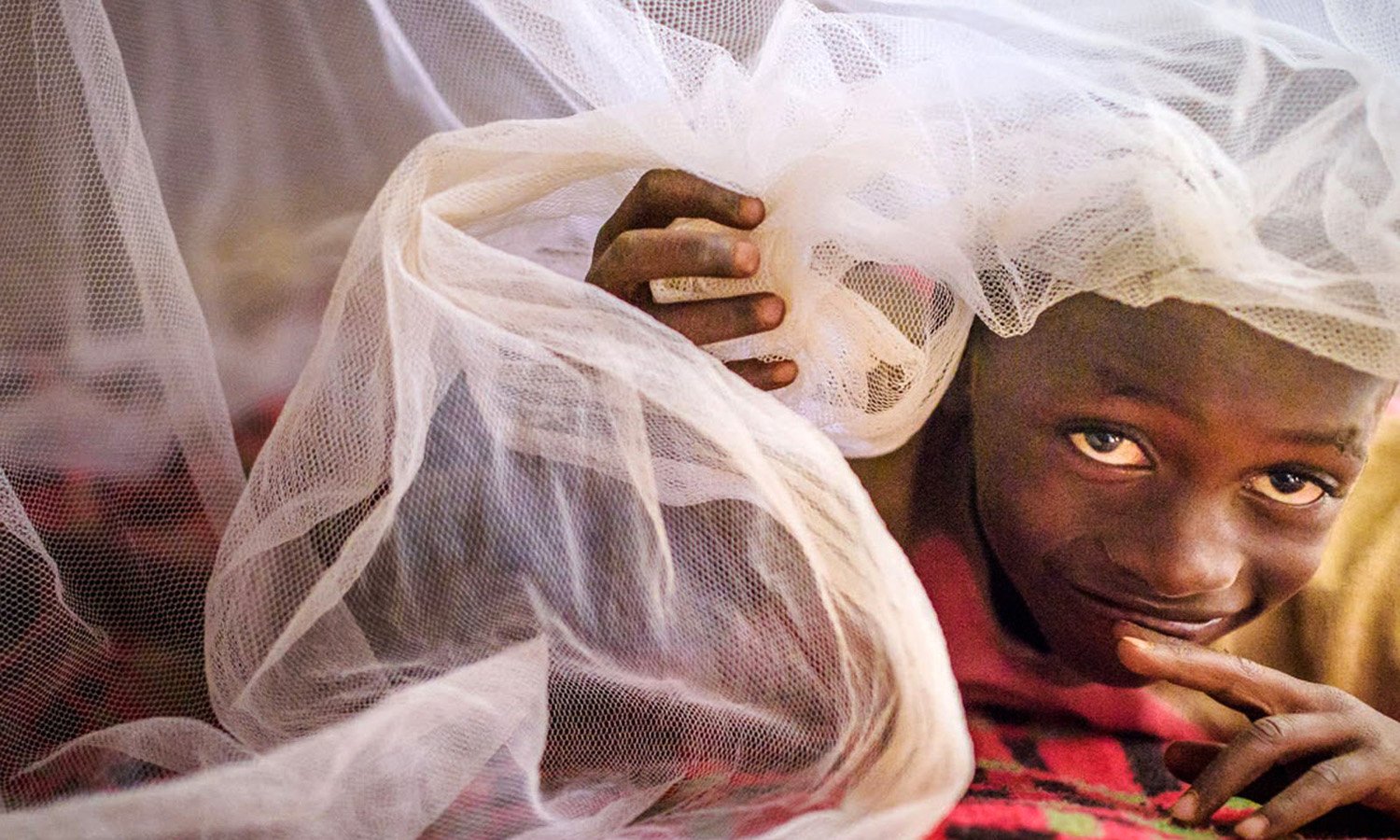Two years later, 75,000 pupils trained in skills

Pupils of Mbarara Municipal School Pupils knitting during their assessment in vocational skills by Directorate of Industrial Training recently. Photo by Felix Ainebyoona
In order to boost employability chances of students, more than 70,000 of them are being equipped with skills in vocational and non-formal training.
They include primary and secondary school going children in schools that implemented the dual curriculum of vocational skills and basic formal education, youth in vocational training institutes.
In addition to these, youth under the presidential initiative on skilling the boy and girl child and others supported by skills development initiative under the private sector foundation are also beneficiaries.
For instance Mbarara Municipal School, one of the schools implementing the dual curriculum, has trained 1,309 pupils since 2017 in various skills including bakery, tailoring, art and design, knitting, liquid soap making and computer.
Registration is important
The acting director of Industrial Training, Patrick Byakatonda, said after training, the students are registered with the Directorate of Industrial Training to undergo competence-based assessment and certification in line with the Uganda vocational Qualification Framework before sitting for the end of cycle examinations by Uganda National Examinations Board.
Saverino Akiiba Bataringaya, the senior qualifications officer at DIT, said the number of youth and children undertaking vocational skills in the country is increasing but added that parents need to encourage their children to acquire these skills despite their education dreams.
“Since 2018 we have assessed 75,957 youth from different schools and vocational training institutions. And this will help them get certified to work anywhere in the world since their skills are proven,” Bataringaya said.
He added that DIT is currently conducting assessment of learners throughout the country for certification and so far more than 30,000 have been assessed from January to September. “More than 40,000 were given their competence certificates for the year ending 2018,” Bataringaya said.
Martin Kananura, the head teacher Mbarara Municipal School, where DIT officials carried out a two-day assessment exercise of 726 pupils and staff said the Education ministry has supported them in training by paying their assessment fees, which is Shs70,000 per learner.
Government support
“We started training in 2017 with peeling lessons for girls. We later introduced boys to the same,” he said.
He added that they have received various monies to the cause starting with 2014, when President Museveni gave them Shs100m to put up a vocational centre, Shs500m to complete the centre and later Shs300m from the Education ministry to buy tools for the centre.
“We are molding children the right way because we are supposed to train all-round learners who leave this school with two certificates; a DIT certificate and PLE certificate.”
To Dr Godfrey Mugyenyi, a senior lecturer at Mbarara University of Science and Technology, government should roll out vocational skills training in all schools in the country because this will help solve unemployment as graduates will have skills to rely on other than white collar jobs.
“As a parent and medical doctor we are enjoying this industrial training as parents. All children in Uganda need these skills regardless of the community they come from. The confidence that comes from knowing that a child can tailor a dress for themselves will yield good results,” Dr Mugyenyi said.
Financial support
Martin Kananura, the head teacher Mbarara Municipal School, said the Education ministry has supported them in training by paying their assessment fees which is Shs70,000 per learner.
He added that they have received various monies to the cause such as Shs100m to put up a vocational centre, Shs500m to complete the centre and later Shs300m from the Education ministry to buy tools for the centre.




